Mary Seacole was a 19th-century British-Jamaican doctoress. Mary Seacole was and continues to be known especially for her tireless services and nursing of the wounded soldiers during the Crimean War.
Mary Seacole Biography
Mary Seacole’s maiden name was Mary Jane Grant. She was born in 1805 in Kingston, Jamaica. She was born to a mixed race couple. Her father was a Scottish soldier, while her mother was Jamaican.
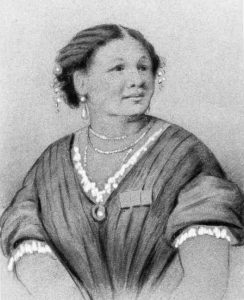
During those times, Mary’s mother worked as a ‘doctoress’ or ‘healer’. She used the ancient Caribbean and African herbal medicines for treating sick people. Mary’s mother even ran a boarding house like facility in order to take care of the sick.
Mary Seacole Childhood
It is understood that Mary developed the passion for tending to the sick after observing her mother. Mary Seacole was completely trained on Mary’s mother even ran a boarding house like facility in order to take care of the sick.
It is understood that Mary developed the passion for tending to the sick after observing her mother. Mary Seacole was completely trained in the usage of traditional herbs until the time she grew up.
Mary Seacole’s Contribution
Mary was known to particularly treat people suffering from yellow fever. For a few years, Mary stayed in the house of a rich elderly lady who looked after her. Mary fondly called this lady ‘kind patroness’.
It was during her stay with this elderly lady that Mary completed her education. She was also treated as a member of the patronesses’ family. Around 1821, Mary traveled to London. She stayed in London for almost a year. She utilized her time in London in learning about European medicines.
Mary Seacole Achievements
The next four years of her life, Mary made frequent visits to London and Jamaica. During her stay in London, she was introduced to the truth of racial bias in Victorian society. In 1825, Mary returned to her native land, Jamaica.
By this time, the elderly lady who helped raise Mary was suffering from the ailment. Mary looked after the ill lady until her death. Mary felt similar racial prejudice when she was traveling to Panama in the year 1851.
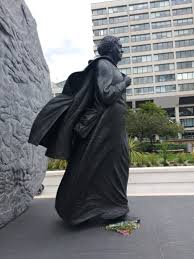
Her fellow travelers included some of the American traders who commented about her skin color. She was traveling to Panama to visit her brother. However, after Mary reached Panama, cholera spread like wildfire. Mary had set up a boarding home to treat those who had fallen sick.
Mary Seacole Facts
At first, the American people did not take medication from her, but the prejudice was soon shunned when one of the sick persons got cured after taking her medicine. After that, people began to go to her for treatment.
She was even appreciated for her hard work. Mary visited places like Haiti, Cuba, the Bahamas, etc, for treating patients. Mary sometimes along with her mother was asked to nurse sick and wounded at the British Army hospital set up at the Up-Park Camp.
Married Life of Mary Seacole
Mary Grant married Edwin Seacole in 1836. Edwin was said to have a rich lineage. Their marriage did not last for a long time as he died of ill health in 1844, eight years after they were married.
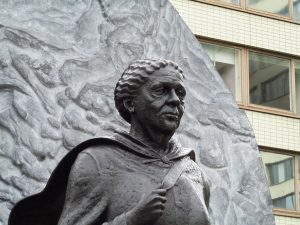
There are no records to indicate that they had any children. The demise of her husband sent Mary into a state of shock. Mary was still recovering from this major incident in her
Mary was still recovering from this major incident in her life when she received the news of the death of her mother. This was another major setback that Mary was forced to deal with.
Mary Seacole Early LIfe
In 1843, the boarding house that was previously run by her mother was gutted down due to fire. Mary now had focused her complete attention towards treating the sick people. Like her mother, she too started a boarding house wherein sick people were cared for.
Amidst all the turmoil that was going on in Mary’s life, another significant event was on the verge of commencing. This was the time when the Crimean War was declared in 1853.
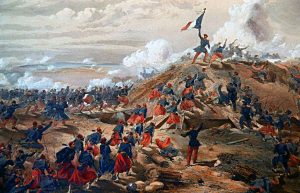
The war was fought between the Russian Empire on one side and France, British, Ottoman Empire and Sardinia on the other side. When the news of the war reached Mary, she instantly decided to go to Crimea and help the sick and wounded British soldiers.
She even wrote to the War Officer offering her voluntary assistance without expecting any sort of reward. However, Mary did not get the response that she was hoping for. This left her feeling disappointed.
War
When the news of the war reached Mary, she instantly decided to go to Crimea and help the sick and wounded British soldiers. She even wrote to the War Officer offering her voluntary assistance without expecting any sort of reward.
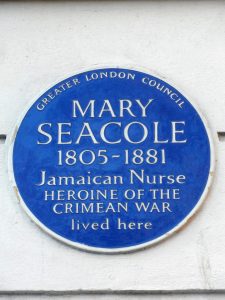
However, Mary did not get the response that she was hoping for. This left her feeling disappointed. Mary was, however, convinced that her medicinal knowledge and years of experience will be helpful in treating the soldiers.
She, therefore, decided to travel to Crimea all by herself and pay for her own expense. She began her mission by collecting food and essentials that would be required for taking care of the sick and wounded soldiers. With the help of the local
Mother Seacole
With the help of the local labor, Mary even set-up a boarding house in 1855 in Balaclava. The boarding house was called The New British Hotel. The hotel was built using the locally available materials.
At the hotel, Mary provided the British soldiers with good food and drinks. She even made arrangements for providing them with clothes. Apart from this, Mary was known to tend to the wounded soldiers by actually going on the battlefield when the battle was going on.
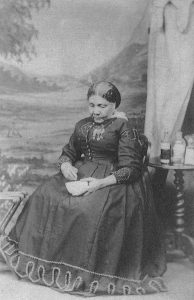
Her efforts to treat the soldiers soon gave rise to a feeling of respect and appreciation among the British soldiers. She was fondly called ‘Mother Seacole’ by the soldiers for her untiring philanthropic work.
The war ended in 1856 and until then, Mary worked day and night caring for the soldiers. However, during the war, all the expenses for providing essentials and medical assistance were borne solely by Mary.
About Mary Seacole
By the time the war ended, Mary had depleted almost all her financial resources. She came back to England much poorer, both monetary and health wise.
On realizing her condition, funds were raised by many people including the prominent personalities of those days like Count Gleichen, Major General Rokeby, Prince Edward, etc.
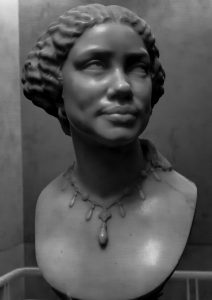
She left for Jamaica in 1860 and continued to nurse sick people there. However, she came to England in 1870. Mary lived in England until her death in 1881. She died at her residence in Paddington in London. Mary Seacole was buried in St. Mary’s Roman Catholic Cemetery.
Mary Seacole Autobiography
Mary wrote her autobiography titled ‘Wonderful Adventures of Mrs. Seacole in Many Lands’. The said autobiography was published posthumously in the year 1857 in London.
In the autobiography, like the title itself explains, she shares a lot of her experiences whilst treating the sick and wounded war soldiers. Mary was a contemporary of Florence Nightingale and even gives references to her encounter with Nightingale.
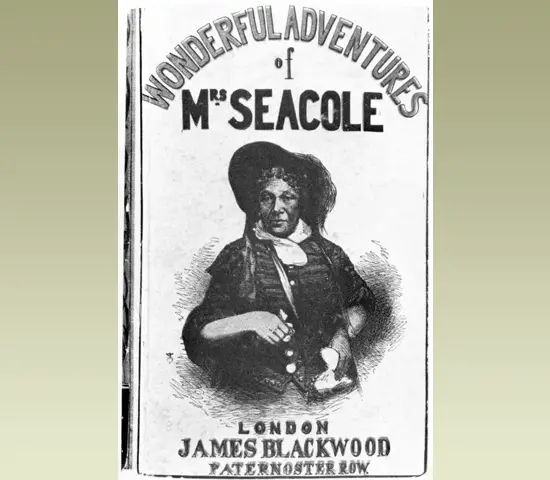
In her book, Mary calls herself ‘Creole’ which means someone who has one European parent and other indigenous (particularly women in the Caribbean). Mary talks very little about herself in the book.
Although Mary was popular during the Victorian period, her work was soon forgotten after her death. She remained in the shadow of darkness for almost a century until she was awarded Order of Merit in 1991.
In 2004, she was voted as the Greatest Black Briton. In Jamaica, the Kingston headquarters of Jamaican Nurses’ Association was re-named as Mary Seacole House in 1954.